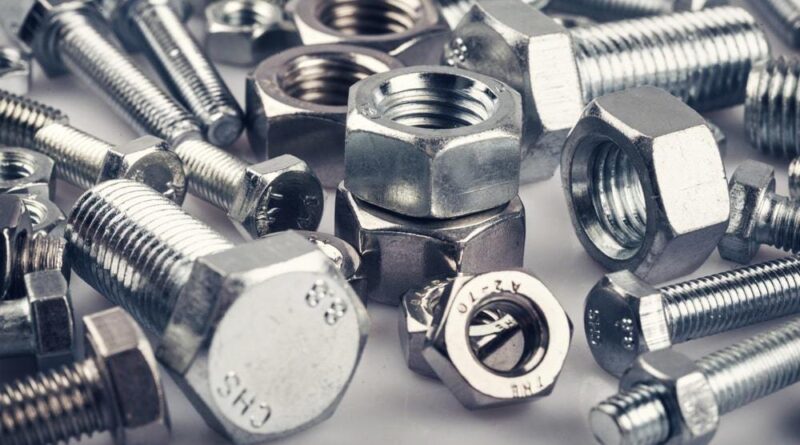Working with Different Types of Metals: A Guide for Beginners
Do you have a project that requires working with metals? Whether you are a beginner or an experienced metalworker, it is essential to understand each type of metal’s properties and characteristics to ensure success.
This guide will provide an overview of the different types of metals available and explain how to use them for various applications. We’ll also discuss some tips and techniques for successful metalworking, as well as safety precautions that should be taken when working with metals.
Overview of Different Types of Metals
Table of Contents
There are a wide variety of metals used in metalworking, each with its own unique properties and characteristics. Here is a brief overview of the most commonly used metals:
- Steel: Steel is one of the strongest and most durable metals available for metalworking. It can be manipulated into various shapes and sizes due to its malleability. It is also resistant to corrosion and rust, making it a popular choice for outdoor projects.
- Aluminum: Aluminum is lightweight and malleable, making it easy to shape and form. It is also highly conductive and heat-resistant, making it useful for electronics applications. However, aluminum is not as strong as other metals like steel or iron, so it should be used with caution.
- Copper: Copper is prized for its malleability and ductility, as well as its corrosion-resistant properties. It is also highly conductive, making it a popular choice for electrical projects.
- Iron: Iron is extremely strong and durable, but can be difficult to work with due to its brittle nature. It does not corrode or rust easily, making it suitable for outdoor projects.
Tips and Techniques for Successful Metalworking
When working with metals, there are a few key tips and techniques you should keep in mind to ensure the success of your project:
- Understand the properties of the metal you are working with. This will help you determine which tools and techniques to use for the best results.
- Use appropriate safety gear when working with metals, such as gloves, goggles, and a face mask.
- Use custom welding services if needed for your project to ensure accuracy and precision.
- Practice proper metalworking techniques, such as filing and sanding, to create a smooth finish.
- Carefully follow the instructions provided for projects that involve soldering or brazing.
These tips will help you ensure the success of your project when working with metals. In addition, it is also important to seek professional help if you are unsure of how to proceed with a project.
How to Properly Cut, Shape, and Weld Metals
Cutting metals requires the use of a variety of tools, such as saws and grinders. Depending on the type of metal you are working with, you may need to use different blades or cutting techniques. For example, aluminum is softer than steel and will require a different blade than steel.
Shaping and forming metals also requires special tools such as hammers and anvils. It is important to follow the instructions for each tool carefully to ensure the best results.
Welding metals brings together two pieces of metal by melting them together with extreme heat. This requires special tools and techniques, so be sure to research how to properly weld before attempting a project. Additionally, safety gear should always be used when welding to protect against burns.
Finishing Techniques
Once the metalworking process is complete, there are a few finishing techniques that can be used to give the project a smooth and polished look. Grinding, filing, sanding, and polishing are all common techniques used for metalwork projects.
As emphasized throughout, it is essential to understand the properties and characteristics of each type of metal before attempting a project. With adequate knowledge and practice, you can successfully create any metalworking project.
If you are in need of professional help, custom welding services may be necessary for your project. By seeking out experienced welders who specialize in different types of metals, you can ensure that your project is done accurately and safely.
By following the tips and techniques outlined in this guide, you can successfully work with metals for any project. With the right knowledge and tools, metalworking can be a rewarding experience!




